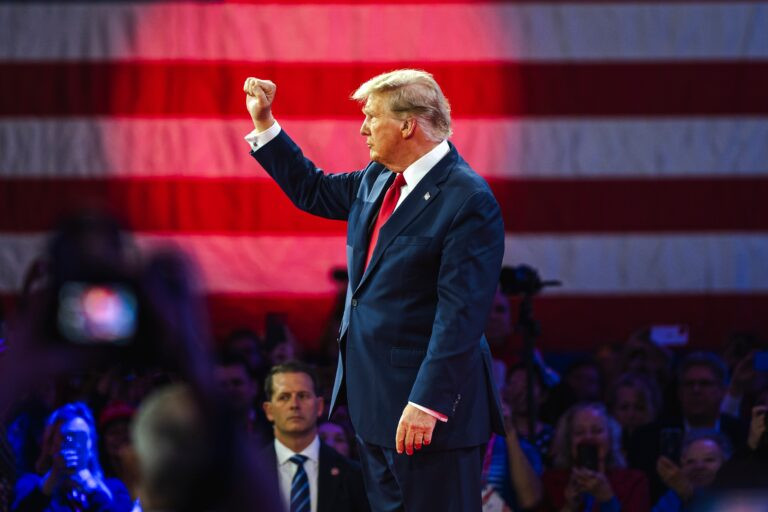Donald Trump has been elected as the 47th President of the United States after securing victory over Vice President Kamala Harris.
Having won in the key swing states of Georgia, North Carolina, Wisconsin and Pennsylvania, Trump secured the 270 electoral votes needed to return him to the White House.
Alongside Trump’s victory in the presidential contest, the Republican Party is projected to secure a majority in the House of Representatives and the Senate.
Speaking to supporters on election night, Trump called this a victory for “democracy” and “freedom,” promising to “unlock America’s glorious destiny” and “achieve the most incredible future for our people.”
READ MORE: How the US presidential election could impact the logistics sector?
The US dollar surged as the election results became clear, with investors betting on Trump imposing tariffs on foreign imports to protect domestic industries. On the other side of the world, stocks on the Hong Kong Stock Exchange fell over concerns Chinese goods could be face a 60 percent tariff from the Trump administration.
If he goes through with his plan, it could raise US tariff levels to 17.7 percent, the highest level since 1934, sparking fears of a worse rerun of the US-China trade war that took place in 2018/19, hurting US farmers and raising prices.
In 2018, when tariffs were announced, shippers of affected goods began to pull their orders forward. This resulted in an increased demand for ocean freight, higher freight rates, and a shift in the timing of those shipments. For instance, tariffs were announced in July 2018, coinciding with peak season, which created a particularly strong peak season for freight.



